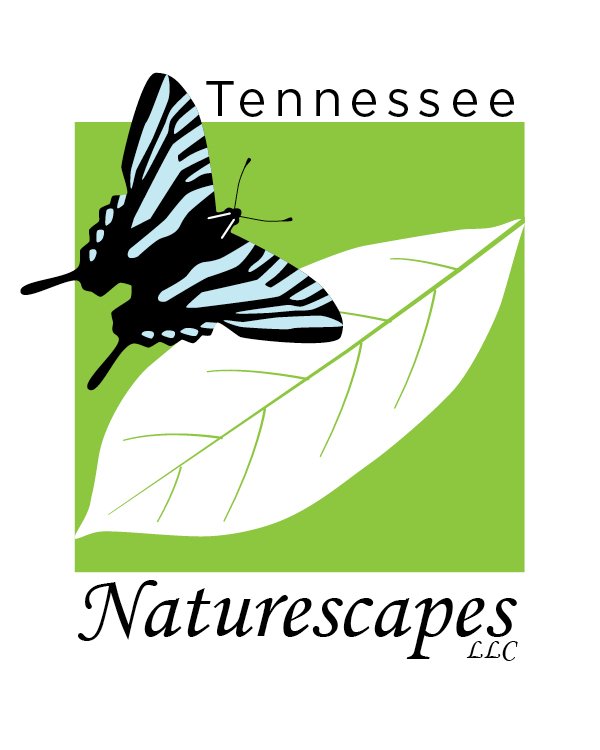 Image 1 of 2
Image 1 of 2

 Image 2 of 2
Image 2 of 2



Salvia azurea (Blue Sage)~COMING SOON
GARDEN SITE: ☀️-⛅ Sandy or shallow-rocky soil. Prefers average, well-drained soil.Intolerant of wet soil and excessive fertilization.
SIZE: 3-5 ft. SPREAD: 2-4 ft.
FLOWERS: Showy, tubular blue. August-October.
WILDLIFE: Flowers are a source of nectar for many pollinators including butterflies, bees, wasps and beetles. Seeds are eaten by songbirds and small mammals.
LARVAL HOST TO: Sage Sphinx
ZONE: 3-8
DISTRIBUTION: South and Central United States
This hardy, native sage boasts tall spikes of vibrant, cerulean-blue, two-lipped flowers and striking silver-toned foliage that is slightly aromatic. Prized for its airy and upright foliage, this easy to grow wildflower will fill your sunny garden with long lasting blooms well after many other plants have finished flowering. The nectar-rich flowers are highly attractive to pollinators such as bees, wasps, butterflies, beetles, hummingbirds and is particularly sought after by migrating Monarch butterflies. An ecological powerhouse, the virtues go beyond its stunning flowers with foliage that provides shelter and food for many small creatures and a vigorous root system that helps prevent erosion. Tolerant of a wide range of growing conditions, Salvia azurea, is drought tolerant once established, and is particularly suited to areas with hot summers and cold winters. Natural resistance to deer and rabbit browse makes this a pretty and practical choice for gardens where wildlife browsing is problematic. You can help support local biodiversity by including this plant in your garden!
GARDEN SITE: ☀️-⛅ Sandy or shallow-rocky soil. Prefers average, well-drained soil.Intolerant of wet soil and excessive fertilization.
SIZE: 3-5 ft. SPREAD: 2-4 ft.
FLOWERS: Showy, tubular blue. August-October.
WILDLIFE: Flowers are a source of nectar for many pollinators including butterflies, bees, wasps and beetles. Seeds are eaten by songbirds and small mammals.
LARVAL HOST TO: Sage Sphinx
ZONE: 3-8
DISTRIBUTION: South and Central United States
This hardy, native sage boasts tall spikes of vibrant, cerulean-blue, two-lipped flowers and striking silver-toned foliage that is slightly aromatic. Prized for its airy and upright foliage, this easy to grow wildflower will fill your sunny garden with long lasting blooms well after many other plants have finished flowering. The nectar-rich flowers are highly attractive to pollinators such as bees, wasps, butterflies, beetles, hummingbirds and is particularly sought after by migrating Monarch butterflies. An ecological powerhouse, the virtues go beyond its stunning flowers with foliage that provides shelter and food for many small creatures and a vigorous root system that helps prevent erosion. Tolerant of a wide range of growing conditions, Salvia azurea, is drought tolerant once established, and is particularly suited to areas with hot summers and cold winters. Natural resistance to deer and rabbit browse makes this a pretty and practical choice for gardens where wildlife browsing is problematic. You can help support local biodiversity by including this plant in your garden!
GARDEN SITE: ☀️-⛅ Sandy or shallow-rocky soil. Prefers average, well-drained soil.Intolerant of wet soil and excessive fertilization.
SIZE: 3-5 ft. SPREAD: 2-4 ft.
FLOWERS: Showy, tubular blue. August-October.
WILDLIFE: Flowers are a source of nectar for many pollinators including butterflies, bees, wasps and beetles. Seeds are eaten by songbirds and small mammals.
LARVAL HOST TO: Sage Sphinx
ZONE: 3-8
DISTRIBUTION: South and Central United States
This hardy, native sage boasts tall spikes of vibrant, cerulean-blue, two-lipped flowers and striking silver-toned foliage that is slightly aromatic. Prized for its airy and upright foliage, this easy to grow wildflower will fill your sunny garden with long lasting blooms well after many other plants have finished flowering. The nectar-rich flowers are highly attractive to pollinators such as bees, wasps, butterflies, beetles, hummingbirds and is particularly sought after by migrating Monarch butterflies. An ecological powerhouse, the virtues go beyond its stunning flowers with foliage that provides shelter and food for many small creatures and a vigorous root system that helps prevent erosion. Tolerant of a wide range of growing conditions, Salvia azurea, is drought tolerant once established, and is particularly suited to areas with hot summers and cold winters. Natural resistance to deer and rabbit browse makes this a pretty and practical choice for gardens where wildlife browsing is problematic. You can help support local biodiversity by including this plant in your garden!

